Welcome to the ultimate SEO checklist for e-commerce success, meticulously crafted by our seasoned e-commerce agency. We understand the unique blend of challenges and excitement that accompanies the launch of a new website. Recently, we stumbled upon a comprehensive SEO checklist that has proven to be a game-changer for optimizing our client's websites, elevating their search engine visibility, and enhancing overall performance.
We are thrilled to share this invaluable checklist with you. Whether you're embarking on a journey to launch a brand-new website or aiming to breathe new life into your existing web presence, this checklist comprises the critical aspects necessary to skyrocket your website's visibility, enhance user experience, and elevate your SEO performance.
From the fundamentals of keyword research to the intricacies of mobile optimization, from the importance of XML sitemaps to crafting engaging content, this guide provides a step-by-step roadmap. It will empower you to navigate the intricate realm of SEO without the need for expensive agency services. This comprehensive checklist also encompasses crucial elements such as hreflang tags, HTML sitemaps, and user experience enhancements, ensuring a holistic approach to website optimization.
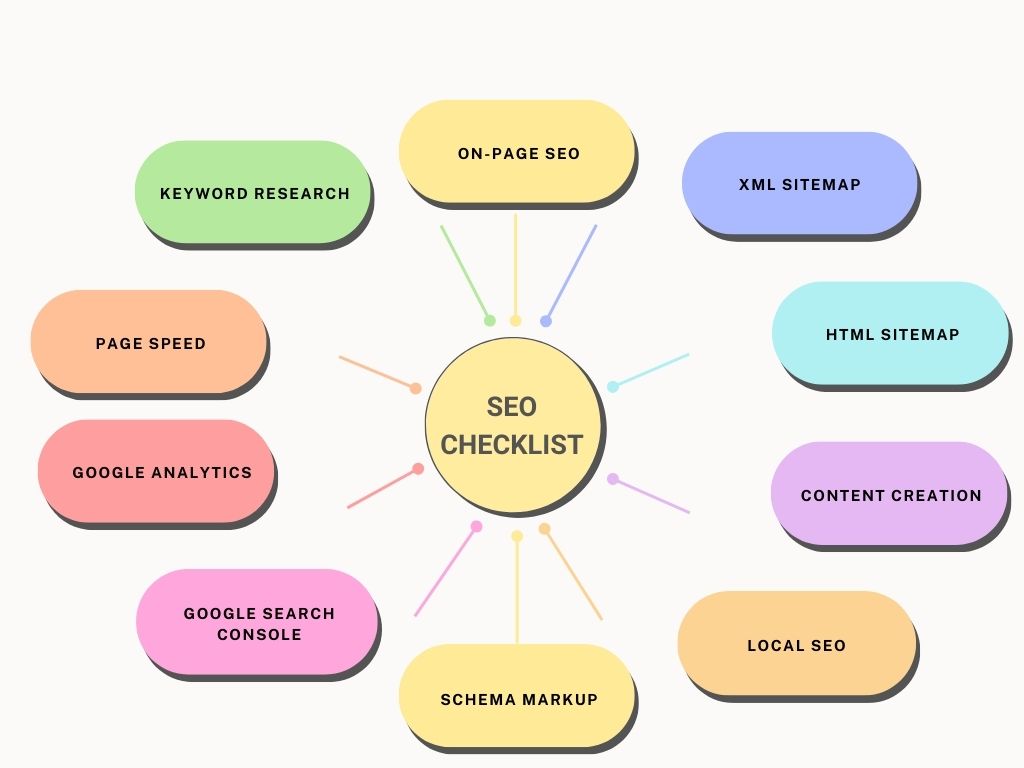
Keyword Research
Did you know that a staggering 93% of all online experiences commence with a search engine query? Understanding what your audience is actively searching for forms the bedrock of effective SEO. In a digital landscape where millions of searches unfold every minute, harnessing the potential of keyword research is paramount.
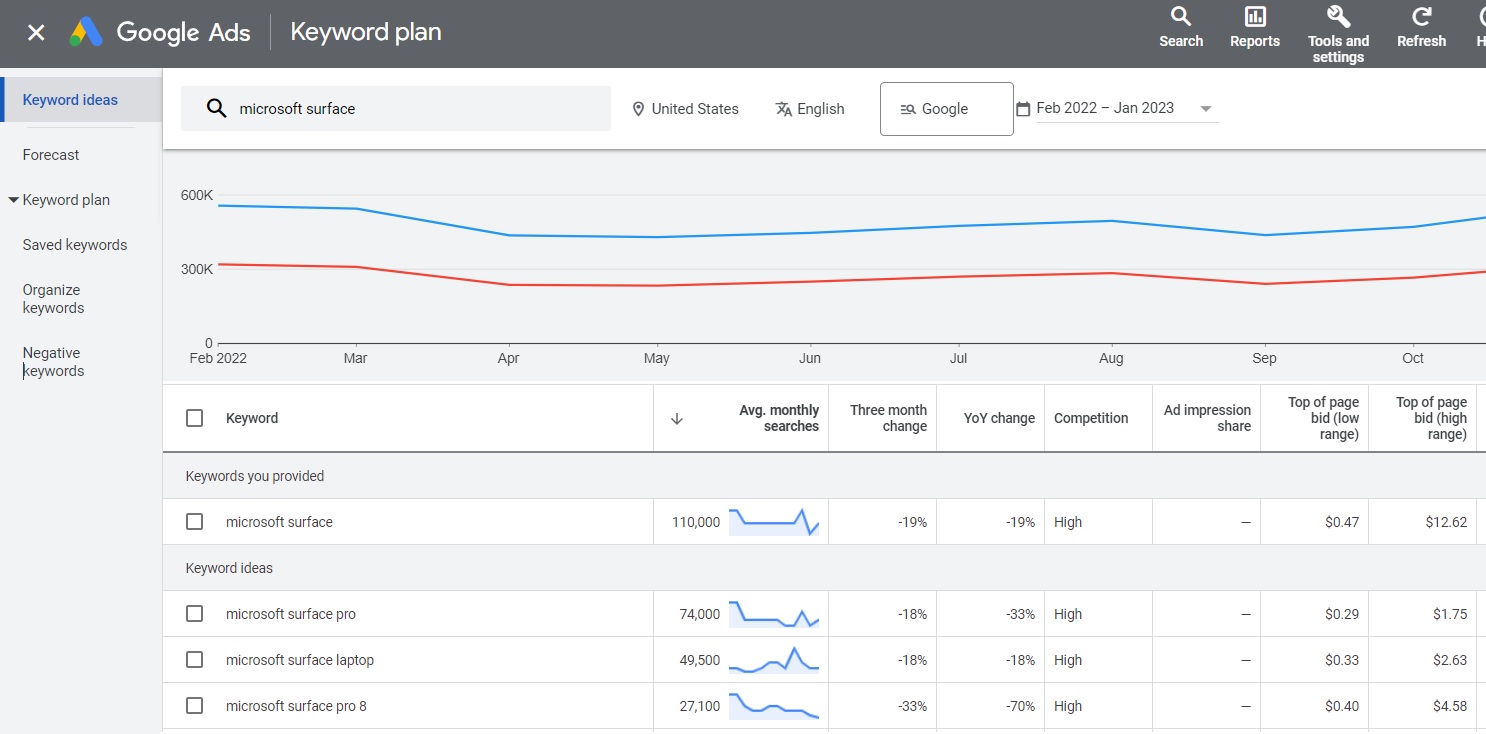
Identify Relevant Keywords: Start your SEO journey by pinpointing keywords that resonate with your business and target audience. These keywords should mirror the core themes and products or services you offer.
Leverage Powerful Tools: Utilize potent tools like Google Keyword Planner or SEMrush to uncover a treasure trove of keyword ideas. These tools unravel vital insights about search volume, competition levels, and related keywords.
Balance Short and Long-tail Keywords: Short-tail keywords are broad and encompass general topics, while long-tail keywords are more specific and boast lower competition. Striking a harmonious balance between these two keyword types allows you to cast a wider net and capture a diverse audience.
On-Page SEO
On-page SEO is your compass for steering individual pages toward higher rankings and attracting more relevant traffic from search engines.
Optimize Page Titles: Craft captivating page titles that incorporate your target keywords. These titles should precisely encapsulate the content theme of the page.
Craft Unique Meta Descriptions: Meta descriptions offer a succinct preview of your page's content within search results. Elevate your SEO game by creating unique, enticing descriptions that entice users to click.
Master SEO-friendly URLs: Keep URLs concise, descriptive, and rich in pertinent keywords. Avoid lengthy, cryptic URLs that could deter users.
Prioritize Header Tags (H1, H2, H3): Organize your content by employing header tags effectively. Utilize H1 for primary headings, H2 for subsections, and H3 for further divisions. This approach not only enhances readability but also aids search engines in comprehending your content's structure.
Infuse Content with Keyword Brilliance: Seamlessly integrate target keywords into your content while ensuring readability and value to your readers.
Implement Breadcrumb Navigation: Elevate user experience by incorporating breadcrumb navigation, revealing the hierarchical structure of your website and aiding search engines in understanding the relationships between pages.
XML Sitemap and Robots.txt
XML sitemaps and robots.txt files are the unsung heroes of search engine optimization. Delve into the significance of these tools and unveil their pivotal roles.
XML Sitemap: An XML sitemap serves as an exhaustive list of all pages on your website. It streamlines the process for search engines to crawl and index your content. You can effortlessly create and manage your XML sitemap using various online tools or platform-specific plugins.
Robots.txt: The robots.txt file acts as the guardian of your website's traffic, directing search engine bots on which pages to explore and which to circumvent. Configuring your robots.txt file accurately is paramount, ensuring that confidential or redundant content remains unindexed.
HTML Sitemap
An HTML sitemap extends a welcoming hand to both human visitors and search engines, offering a user-friendly navigation blueprint. It functions as a roadmap, elevating user experience and bolstering your SEO prowess.
Content Creation
In the realm of SEO, high-quality and relevant content reigns supreme. Recent studies underscore the fact that websites consistently publishing top-tier content garner a remarkable 67% more leads than their counterparts. Content is the linchpin that can either catapult your SEO efforts or leave them languishing. Let's delve into the art of content creation, deciphering the dos and don'ts while showcasing examples of topics that can either magnetize organic traffic or shackle your SEO endeavors.
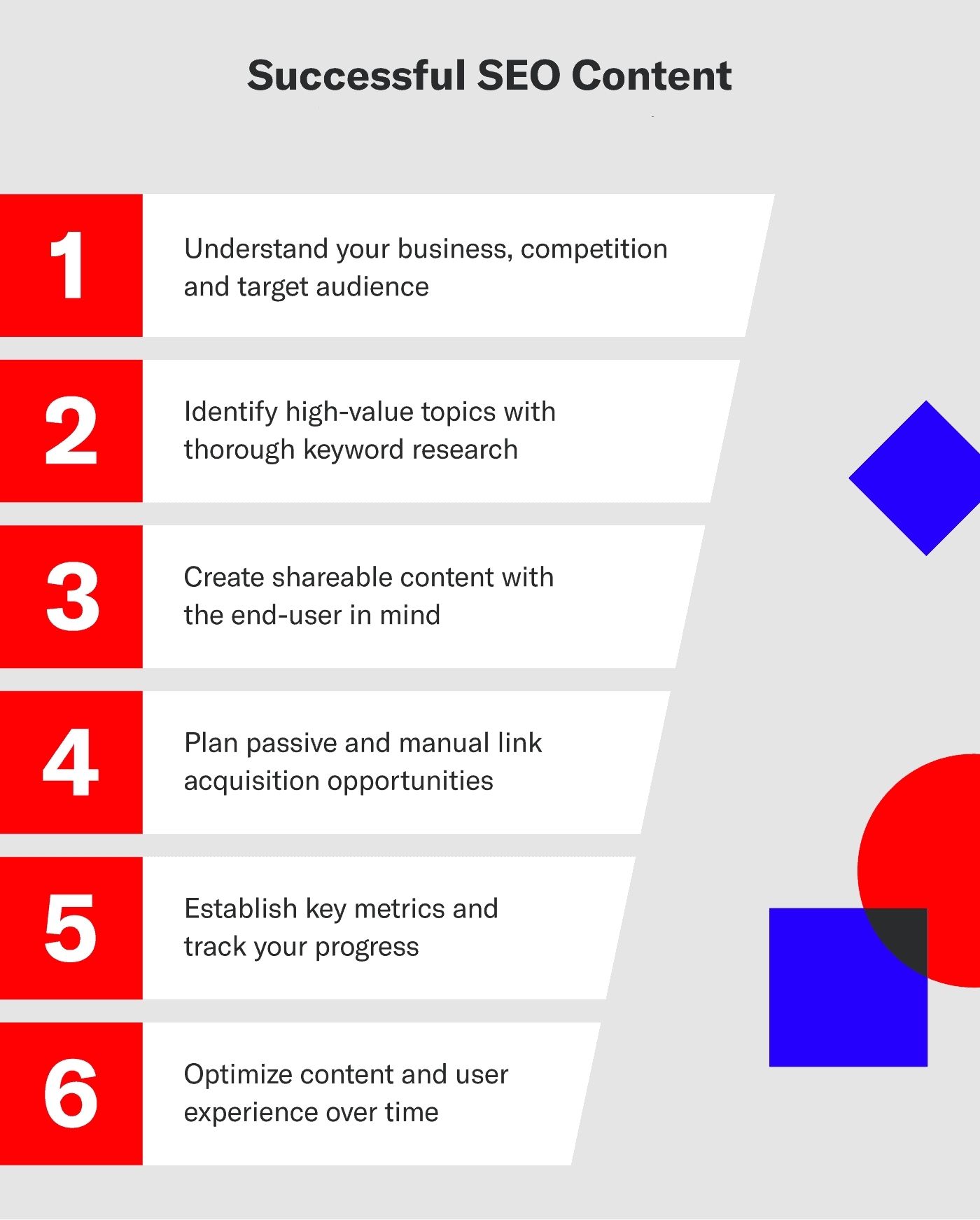
Good Examples of Content Topics for Organic Traffic
In-Depth "How-to" Guides: Craft comprehensive guides that adeptly address common pain points and provide step-by-step solutions.
Product Reviews: Delve into the nuances with detailed product or service reviews, highlighting their pros and cons.
Case Studies: Illuminate real-life success stories or exemplary problem-solving in your niche.
Trending Industry Updates: Timely articles that dissect the latest trends, news, or transformations in your field.
Long-Form Educational Content: Create comprehensive resources, such as ultimate guides or tutorials, that meticulously cover a subject.
Cautionary Tales of Bad Content Topics
Keyword-Stuffed Articles: Avoid the pitfall of overloading articles with keywords devoid of substantial value to readers.
Duplicate Content: Refrain from the reckless act of copying and pasting content from other sources, which can result in a duplication dilemma.
Thin Content: Reject the temptation to produce shallow, abbreviated articles that lack depth and fail to address the reader's needs.
Outdated Information: Steer clear of antiquated information that no longer holds relevance to your audience.
Clickbait Articles: Abandon the practice of creating misleading titles or content that fails to fulfill readers' expectations.
Local SEO (if applicable)
Local SEO constitutes a pivotal compass needle, guiding your website towards enhanced visibility in local search results. For brick-and-mortar businesses, local SEO is akin to discovering a treasure chest. Did you know that a staggering 46% of all Google searches seek local information? Whether you're an inviting neighborhood café, an exquisite boutique retail store, or a dynamic service-based enterprise, optimizing for local search results can profoundly impact your bottom line. Here, we unravel the intricacies of local SEO, shedding light on the methods and offering examples:

Optimizing Your Website for Local Searches:
Google My Business (GMB) Optimization: Stake your claim and verify your Google My Business listing, ensuring that all information remains precise and up-to-date. Engage users with high-quality images, respond to reviews, and consistently post updates.
Local Keyword Targeting: Research and judiciously incorporate location-specific keywords into your content, meta tags, and headers.
Online Directory Consistency: Foster uniformity in NAP (Name, Address, Phone number) details across online directories, including but not limited to Yelp and Yellow Pages.
Tailored Local Content: Craft content that caters to your local audience, comprising location-based landing pages and blog posts.
Local Link Building: Forge valuable connections with local businesses and organizations to secure backlinks from reputable local sources.
Schema Markup
Schema markup stands as your ace in the hole for seizing the spotlight in search results. Did you know that websites adorned with schema markup enjoy a 30% higher click-through rate (CTR) compared to their unmarked counterparts? In the multifaceted arena of SEO, schema markup is your secret weapon to break free from the ordinary in search engine results. It's akin to offering search engines a roadmap for comprehending your content better. Here, you'll uncover examples and instructions on the implementation of schema markup:
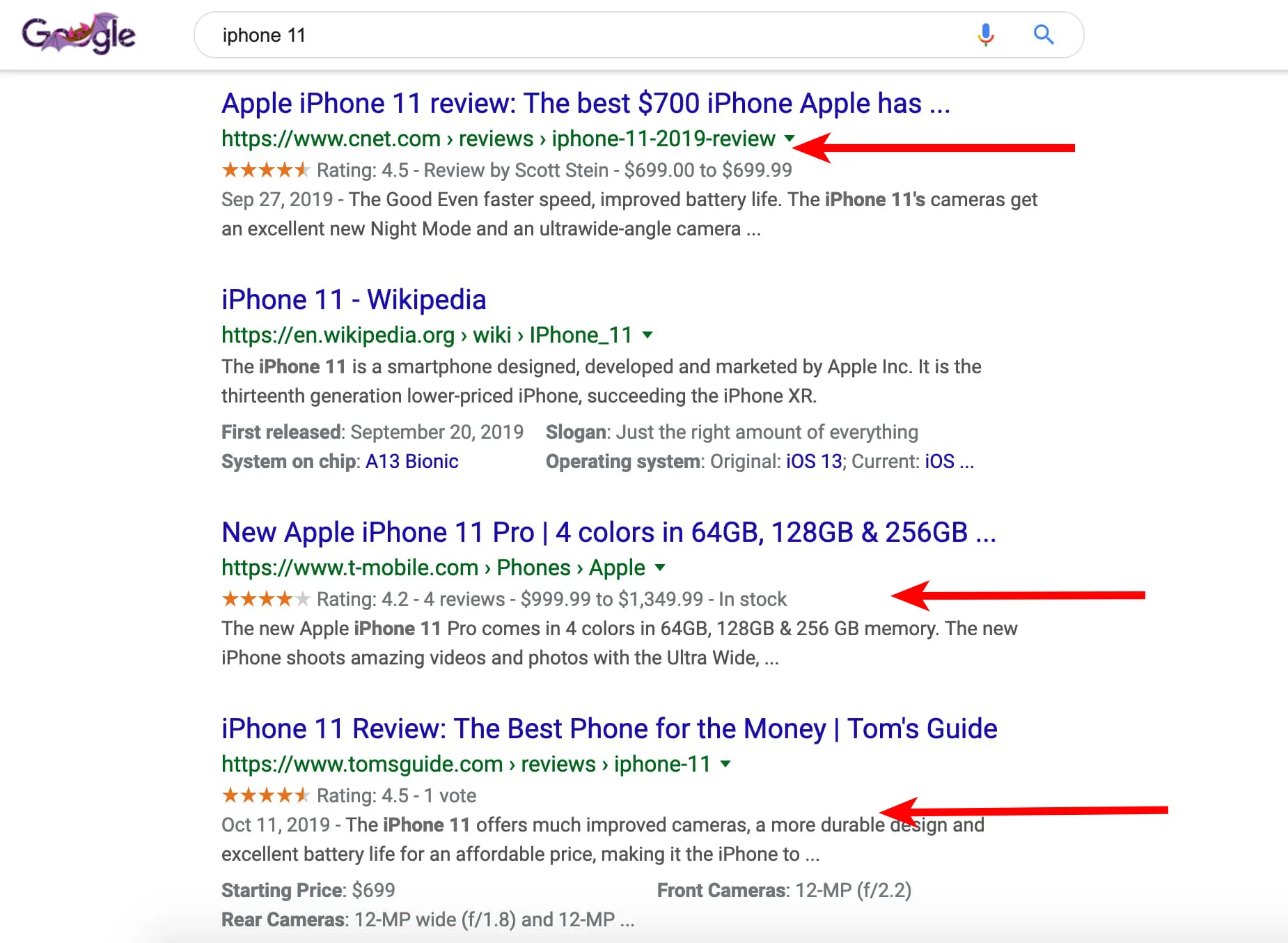
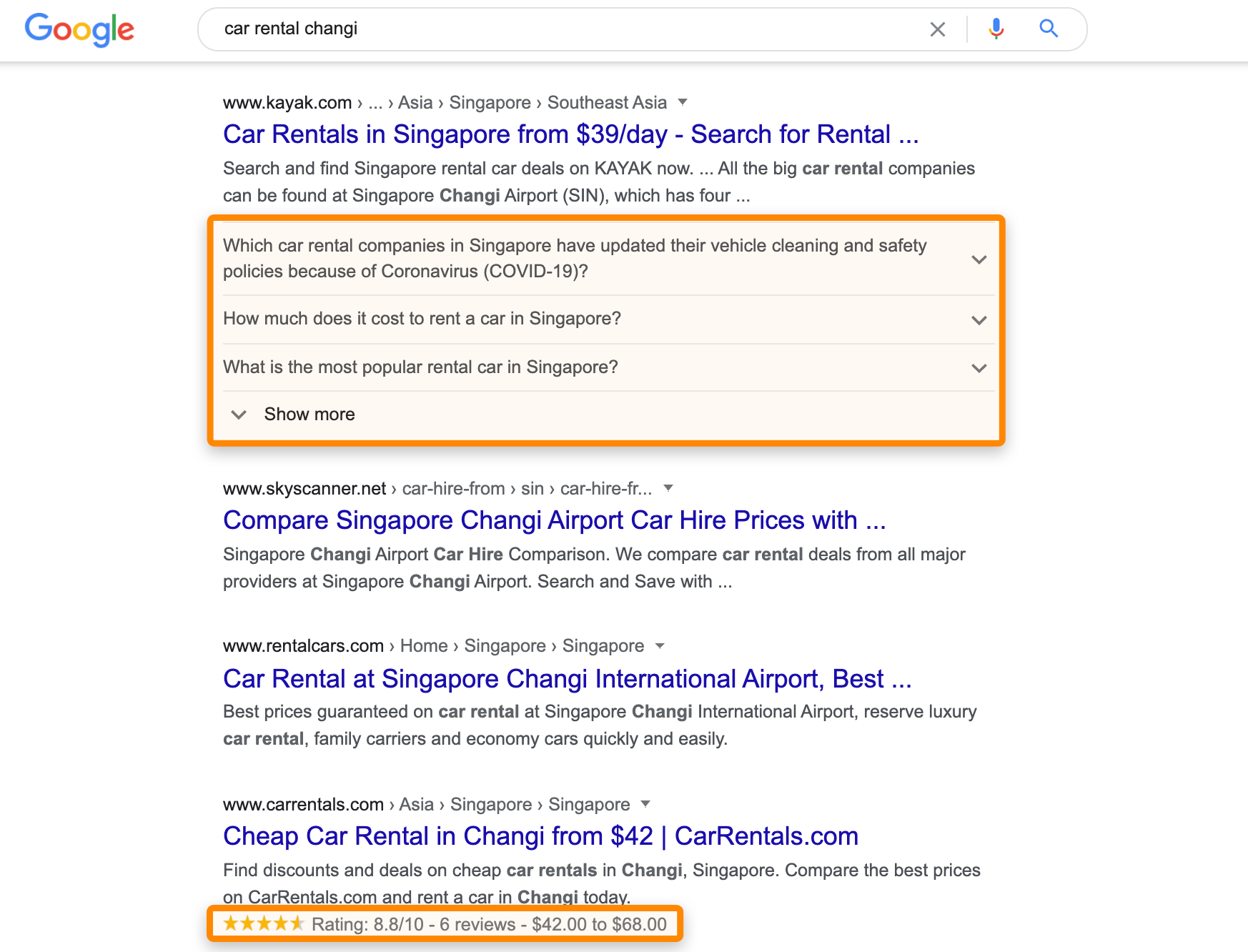
Embark on the Schema Markup Journey:
Review Snippets: Flaunt star ratings and review counts for products or services.
Event Listings: Showcase event particulars, encompassing dates, times, and venues.
FAQ Snippets: Spotlight frequently asked questions alongside their responses in search results.
Local Business Information: Showcase pivotal details such as operational hours, contact information, and customer reviews.
Recipe Markup: Share cooking durations, ingredient lists, and nutritional insights for your culinary creations.
To make the most of schema markup, harness structured data markup languages such as JSON-LD or Microdata. Embed pertinent schema tags within your web pages' HTML code, specifying the content type and relevant specifics.
Google Search Console
Ever yearned to perceive how your website fares in Google's discerning eyes? Look no further than Google Search Console, your backstage pass to invaluable insights regarding your website's visibility, indexing, and more. Join us as we dissect the indispensable metrics, elucidate their significance, and prescribe the frequency for their scrutiny. Armed with Google Search Console, you can forge data-driven decisions to refine your SEO strategy and safeguard your website's enduring triumph.
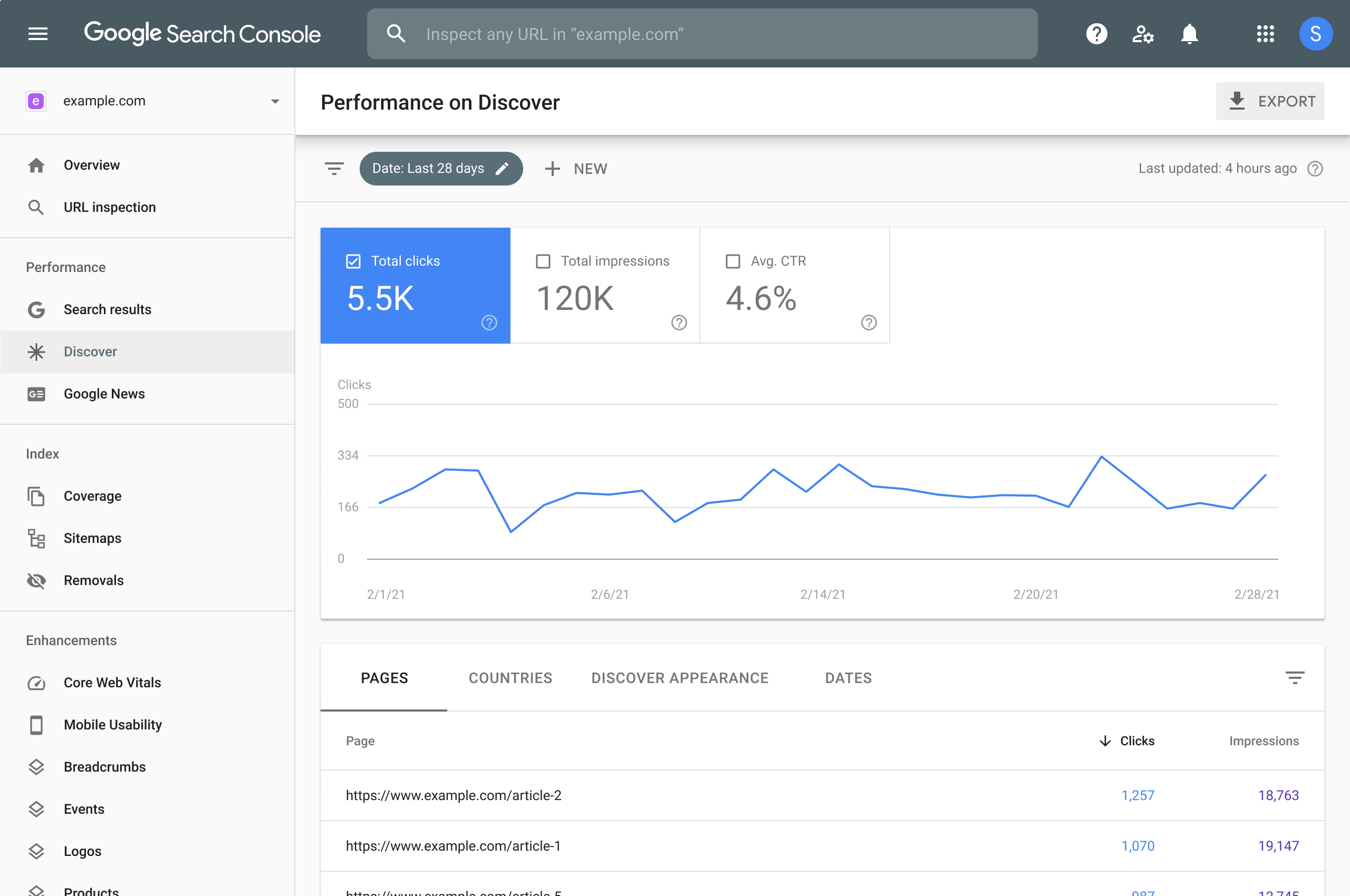
Key Metrics to Monitor
Clicks: In the SEO realm, clicks denote the number of times users click on your website's links or pages when they appear in search engine results. This pivotal metric quantifies user engagement with your site. A surge in clicks often signifies that your content resonates with users actively seeking specific queries.
Impressions: Impressions encapsulate the number of instances your website graces search engine results, irrespective of user interactions. It serves as a yardstick to gauge your site's visibility in search results. A profusion of impressions heralds that your site frequents search queries relevant to your niche—a promising omen for your SEO endeavors.
Click-Through Rate (CTR): CTR emerges from the ratio of clicks to impressions, expressed as a percentage. This metric stands as the touchstone for evaluating the efficacy of your page titles and meta descriptions. An elevated CTR suggests that your page titles and meta descriptions weave a compelling narrative in harmony with users' search intent.
Index Coverage: Index coverage reports within tools like Google Search Console unveil insights into search engines' adeptness at indexing your website's pages. Poring over these reports empowers you to spot and rectify indexing quandaries. This includes pages thwarted from indexing or marred by errors. Ensuring unimpeded indexing is the linchpin of SEO success.
Mobile Usability: With the meteoric rise of mobile device usage, certifying your website's mobile-friendliness is imperative. Scrutinizing mobile usability reports ushers in an era of rectifying issues that potentially impede the mobile user experience. These issues encompass minuscule text size, overly proximate buttons, or inadequately scaled content. A mobile-friendly website is poised to ascend the ranks in mobile search results.
Core Web Vitals: Core Web Vitals form an ensemble of precise website performance metrics that occupy the vanguard of Google's ranking considerations. These metrics encompass page loading speed (the largest contentful paint), interactivity (first input delay), and visual stability (cumulative layout shift). As Google underscores their centrality, prioritizing Core Web Vitals is paramount for delivering a seamless user experience and elevating search rankings. Bolstering these metrics promises not only improved search rankings but also heightened user satisfaction.
Engage in routine checks of Google Search Console, preferably on a weekly or monthly cadence, to remain abreast of your website's performance. Leverage the amassed data to ignite refinements and promptly address any emerging challenges.
Google Analytics
Venture into the realm of meaningful metrics, wherein the pulse of your website's performance resonates. From user behavior to traffic sources, we will decode the quintessential indicators worthy of your attention. Learn the art of deciphering your data's narrative, which will empower you to make informed decisions and fine-tune your SEO endeavors for optimal outcomes.
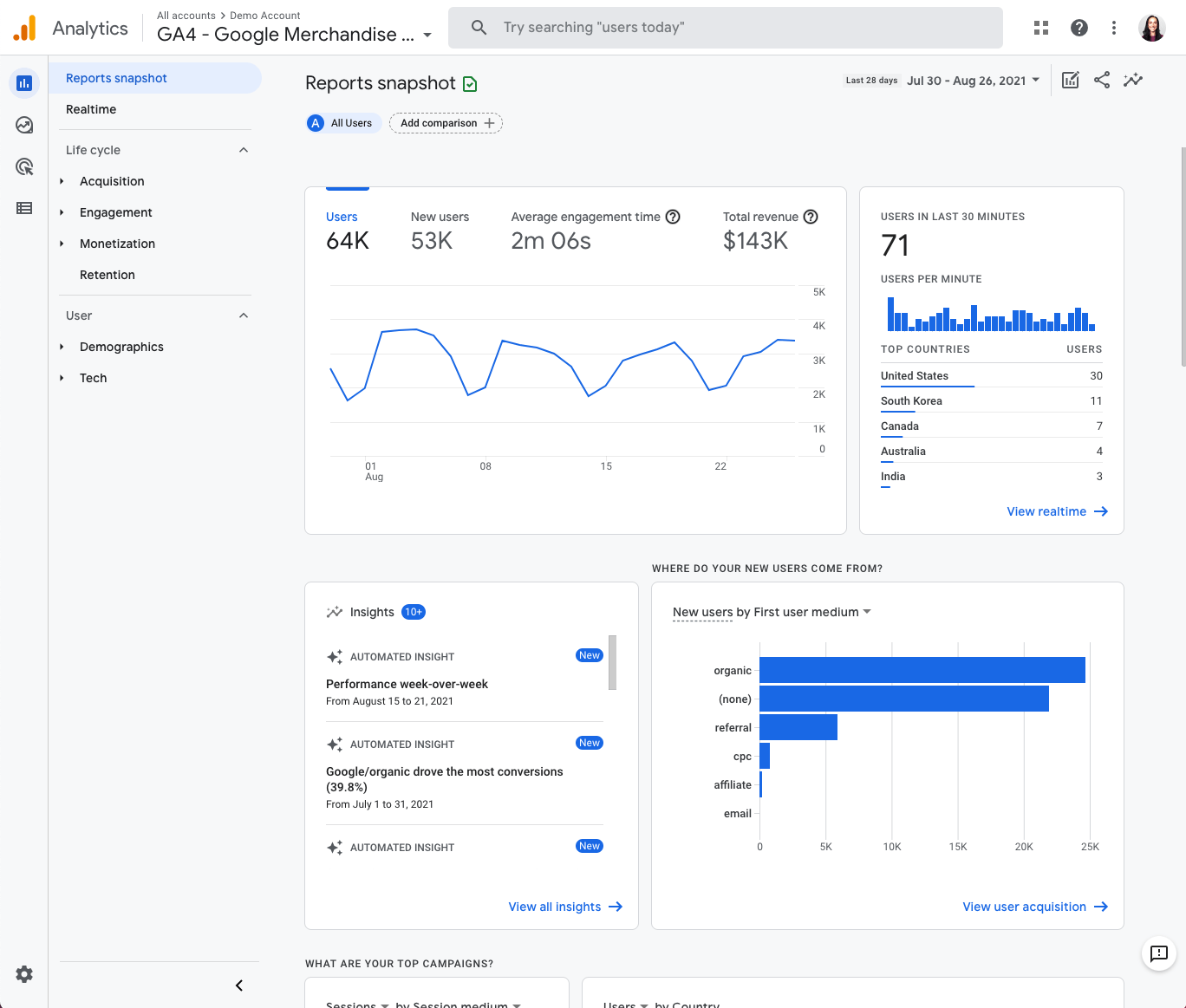
Key Metrics to Prioritize
Sessions: Sessions denote the cumulative tally of user interactions on your website within a stipulated timeframe. This foundational metric offers an overarching perspective of user engagement. A noteworthy upswing in sessions may unveil the triumph of a marketing campaign or content strategy.
Bounce Rate: The bounce rate serves as the yardstick for quantifying the percentage of users who arrive at a solitary page on your website and then embark on their exit journey without further interaction. This metric assumes pivotal importance in deciphering user engagement and content quality. A soaring bounce rate may hint that users either fail to find what they seek or deem your landing page uninspiring.
Conversion Rate: The conversion rate tracks the percentage of users who fulfill a distinct action or goal on your website. This may encompass making a purchase, subscribing to a newsletter, or completing a contact form. The conversion rate unveils the efficacy of your website's objectives. A lofty conversion rate underlines that your site adeptly converts visitors into customers or leads.
Average Session Duration: This metric casts light upon the average duration users typically devote to your website during a single session. It serves as a gauge of user engagement and content allure. A prolonged average session duration often signifies that users find your content enriching and captivating.
Traffic Sources: Traffic sources elucidate the origin of your website's visitors. They are categorized into diverse channels, encompassing organic search (users discovering your site through search engines), social media, referrals (visitors accessing your site via links from other websites), direct (users manually typing your URL), and more. Scrutinizing traffic sources furnishes vital insights into which channels steer visitors to your site, enabling you to focus your marketing endeavors prudently.
Exit Pages: Exit pages denote the final pages that users encounter before bidding adieu to your website. Identifying pages with a marked exodus can unmask potential issues or areas necessitating enhancement. For instance, if a product page boasts a high exit rate, it may signal users encountering roadblocks during the checkout process or discern a paucity in product description allure.
Page Speed
In the contemporary digital landscape, every passing second holds profound significance. Page speed emerges as the linchpin influencing your website's user experience and SEO efficacy. Unearth five actionable strategies to propel your website's loading times to warp speed. From optimizing images to harnessing the prowess of content delivery networks (CDNs), we will guide you through pragmatic maneuvers for enhancing your website's velocity. Embrace the realm of prioritized page speed and witness your users embark on a smoother, swifter online journey. For additional tips and resources on optimizing your online store's speed, check out our article: "Optimize Your Online Store with These 7 Ecommerce Testing Tools". This valuable guide serves as an indispensable tool in your efforts to enhance your website's performance, ensuring faster and more efficient service for your visitors.
To conduct insightful analyses, peruse Google Analytics data at regular intervals—typically on a weekly or monthly basis. The insights garnered can fine-tune your content and marketing strategies, with a laser focus on areas warranting enhancement.
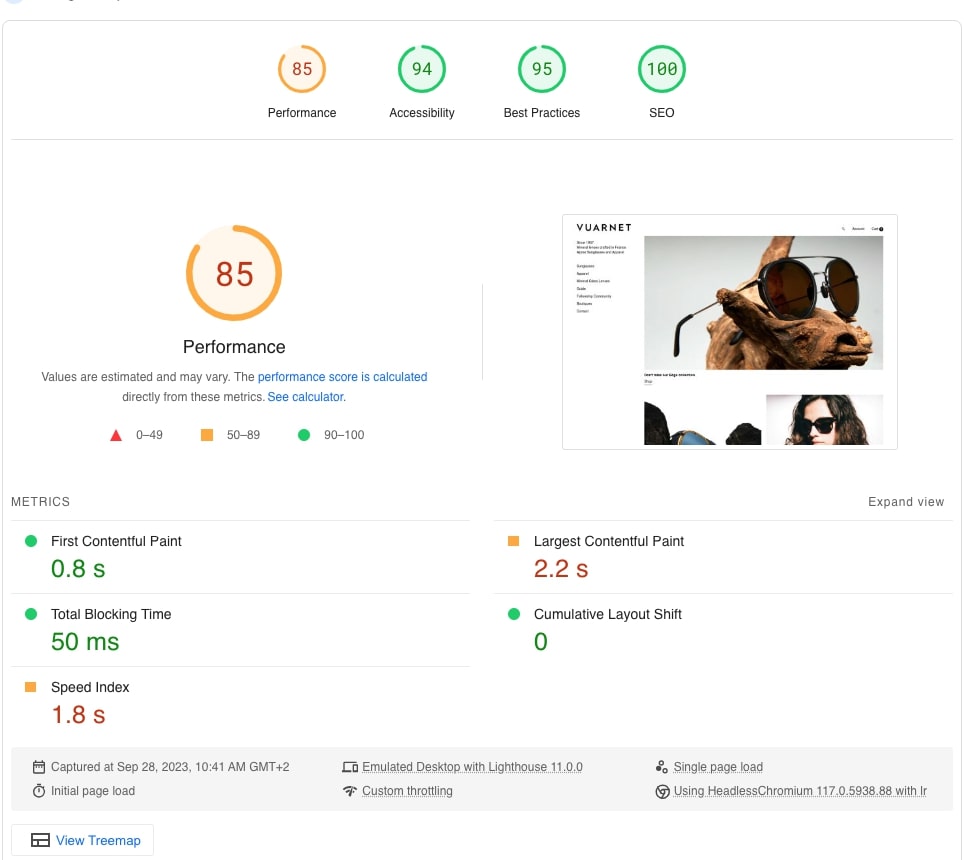
Optimize Images: Embark on an image optimization quest, compressing and resizing images to curtail file sizes while preserving quality.
Minimize CSS and JavaScript Files: Combine and minify CSS and JavaScript files to trim the volume of server requests.
Content Delivery Network (CDN): Enlist the services of a CDN to disseminate website content to servers strategically situated closer to users. This drastically reduces load times.
Browser Caching: Activate browser caching to stow frequently accessed resources within the cozy confines of users' devices.
Embrace Web-Friendly Image Formats: Embrace contemporary formats like WebP for images, which proffer superior compression and quality.
Ensuring your website is mobile-friendly is essential. To learn more about best practices and mobile optimization techniques, you can refer to Google's Mobile-Friendly Test.
Conclusion
Congratulations! You have successfully unlocked the gateway to the ultimate SEO checklist for e-commerce success. Armed with these guidelines, you are poised to elevate your website's visibility, enhance user experience, and amplify your SEO performance. From the inception of keyword research to the intricacies of schema markup, you now possess the wisdom and tools necessary to flourish in the fiercely competitive online landscape.
Bear in mind that SEO is an ongoing odyssey. Continuously monitor your website's performance, adapt to the ever-evolving SEO trends, and unwaveringly provide valuable, high-quality content. With unwavering commitment and the insights amassed from this checklist, your website is primed to ascend the ranks, attracting organic traffic and securing enduring success.
Should you have any inquiries or seek further guidance along your journey, do not hesitate to reach out. Here's to the triumphant SEO future that awaits your website!



